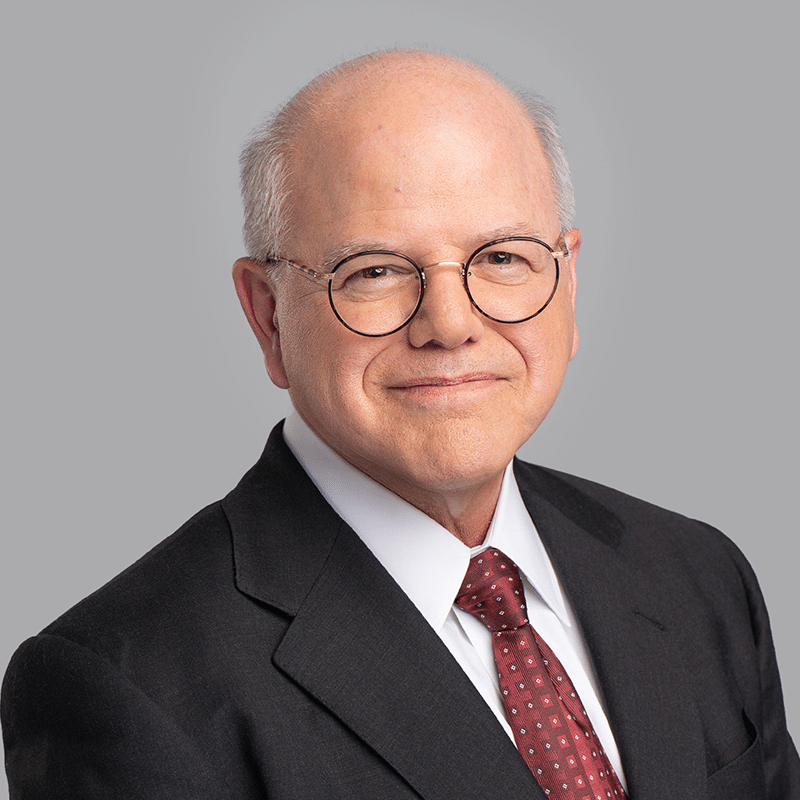
Over 500,000 Canadians sustain a traumatic brain injury (TBI) each year. The most severe TBIs cost the medical system over $400,000 at the time of initial injury, and subsequent costs remain high due to indirect expenses and follow-up treatment.
But what if there was a cost-effective treatment available to TBI survivors that harnessed the body’s own remarkable capacity to heal itself? What if people who sustained TBIs were able to regain functional abilities that were lost or compromised?
Howie, Sacks & Henry (HSH) was immensely proud to host a recent conference, Understanding the Healing Brain, that focused on cutting-edge research in the field of neuroplasticity and featured a keynote address by expert, Dr. Norman Doidge.
Neuroplasticity is the idea that the human brain can be rewired through non-invasive treatment. Doidge explained how neurostimulation, neuromodulation, neurorelaxation, and neurordifferentiation can all aid this rewiring and allow the brain and body to regain some functional ability that may have been lost or compromised due to a TBI.
Unfortunately, our government has been incredibly slow to use its resources to unlock its full potential and it recently took a giant step backwards in terms of helping TBI survivors. Neurotrauma injuries cost the provincial health system $3 billion annually, but some cost-effective neuroplasticity treatments are not covered by OHIP or private insurance. And, although the majority of TBIs are the result of motor vehicle accidents, recent government-mandated changes to insurance premiums have drastically reduced the financial resources many survivors can access for their recovery.
The full cost of government inaction (or counterproductive action) on this front is incalculable. If promising treatments aren’t available to survivors, they may lose hope, withdraw from society or find themselves institutionalized or out on the streets. Statistics show more than one fifth of catastrophic brain injury survivors never leave their homes, while people with untreated TBIs tend to be overrepresented in psychiatric settings (20% have a history of brain injury), prisons (a survey of provincial prison inmates found 44% reported a history of TBI), and among homeless populations (more than half of Toronto’s homeless population has a TBI).
TBI survivor Jamie O’Hara could have become one these statistics. She shared a touching personal story of how a formerly an outgoing graduate student in the prime of her life became reclusive, spent up to 20 hours a day sleeping, was forced to drop out of school and suffered strained personal relationships after sustaining a TBI from a car accident and subsequent fall.
“It’s really important that people understand that [it works] even though it’s not measurable, that you can’t see it, that it’s not covered by OHIP, that it’s not a traditional approach. I would probably not be employed and be a depressed individual who was not contributing to society if I didn’t go to the Centre. [The cost to treat a TBI is] not just numbers on a screen. It’s someone’s life,” she told the conference, which brought together representatives from the legal, insurance and healthcare communities to discuss neuroplasticity treatments for the first time ever.
While HSH continues to lobby for sufficient funding for TBI victims to provide them with all of the best available treatment options to aid in their recovery, we are excited that cost-effective forms of treatment based on neuroplasticity also give survivors hope for a full recovery. Groundbreaking neuroplasticity-based treatment plans should receive insurance company funding. Government should be leading the way to make this option widely available, not dragging its feet.
To help TBI survivors, stakeholders in the personal injury field must first educate ourselves so that we can explain to government the error of its ways. But making headway with an entity that has so many entrenched interests and regularly defers to the status quo will not be easy. To speak truth to power, advocates must combine our voices into a deafening roar. Making connections at conferences like this one are a good place to start.
For more information, please feel free to contact personal injury lawyer Neil E. Sacks at 416-361-5811 or nesacks@hshlawyers.com.






